Home>Gardening & Outdoor>Landscaping Ideas>How To Maintain Backyard Grass
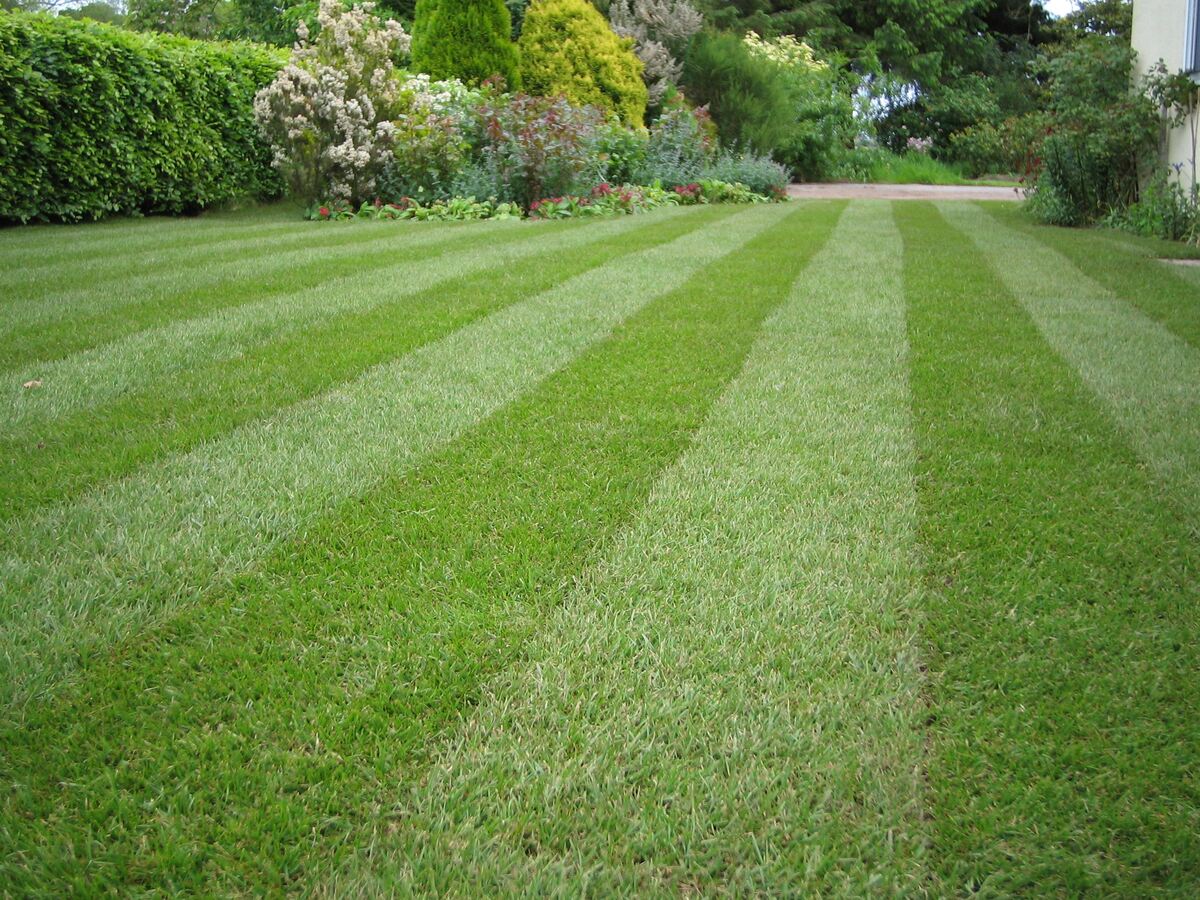

Landscaping Ideas
How To Maintain Backyard Grass
Modified: August 23, 2024
Learn effective landscaping ideas for maintaining your backyard grass. Discover tips and techniques to keep your lawn lush and healthy.
(Many of the links in this article redirect to a specific reviewed product. Your purchase of these products through affiliate links helps to generate commission for Storables.com, at no extra cost. Learn more)
Introduction
Maintaining a lush, vibrant backyard grass is a labor of love that rewards homeowners with a picturesque outdoor space for relaxation and recreation. Whether it's hosting a weekend barbecue, playing catch with the kids, or simply enjoying the beauty of a well-kept lawn, a healthy and thriving grassy expanse enhances the overall appeal of your property. However, achieving and sustaining such a verdant landscape requires a combination of knowledge, effort, and the right practices.
In this comprehensive guide, we will delve into the essential aspects of maintaining backyard grass, offering insights and tips to help you nurture a lawn that becomes the envy of the neighborhood. From selecting the right grass species to combating weeds, pests, and diseases, each facet of maintenance plays a crucial role in fostering a resilient and attractive lawn.
Join us on this journey as we explore the nuances of watering, mowing, fertilizing, and addressing common challenges that can hinder the health and aesthetics of your backyard grass. By the end of this guide, you will be equipped with the expertise to cultivate and preserve a stunning green carpet right outside your door.
Let's embark on this green-fingered adventure and unlock the secrets to maintaining backyard grass that will be the pride and joy of your home.
Key Takeaways:
- Choose the right grass for your backyard based on climate, soil type, and maintenance level to establish a resilient and visually appealing lawn that suits your specific needs.
- Implement proper watering, mowing, fertilizing, and pest control practices to maintain a lush and vibrant backyard grass that enhances the beauty of your property.
Read more: How To Maintain Artificial Grass
Choosing the Right Grass
When it comes to maintaining a lush and resilient backyard lawn, the first step is selecting the right type of grass that thrives in your specific climate and soil conditions. The choice of grass species significantly influences the overall health and appearance of your lawn, making it essential to consider various factors before making this pivotal decision.
Climate plays a pivotal role in determining the most suitable grass for your backyard. Warm-season grasses such as Bermuda, Zoysia, and St. Augustine excel in regions with hot summers, while cool-season grasses like Kentucky bluegrass, fescue, and ryegrass are better suited to cooler climates. Understanding the climate zone in which you reside is crucial for identifying the grass varieties that will flourish in your environment.
Soil type also impacts the success of your grass. Whether your soil is sandy, clay-based, or loamy, certain grass species are better adapted to specific soil conditions. For instance, Bermuda grass is well-suited to sandy soils, while tall fescue thrives in clay-based soils. Conducting a soil test to assess its pH, nutrient levels, and composition can provide valuable insights into which grass varieties are best suited to your soil type.
Consider the level of maintenance you are willing to commit to your lawn. Some grasses require more frequent mowing, watering, and fertilization, while others are more low-maintenance. For homeowners with busy schedules, opting for a grass variety that demands less upkeep can be advantageous.
Additionally, assess the amount of foot traffic your lawn will endure. If your backyard is a bustling hub for children and pets, selecting a durable and wear-resistant grass, such as Bermuda or Zoysia, is paramount to ensure longevity and aesthetic appeal.
By carefully evaluating these factors, you can make an informed decision when choosing the right grass for your backyard. Selecting a species that aligns with your climate, soil type, maintenance preferences, and usage patterns sets the foundation for a thriving and picturesque lawn.
Watering and Irrigation
Proper watering and irrigation practices are fundamental to the health and vitality of your backyard grass. Adequate moisture is essential for sustaining lush greenery, but overwatering can lead to issues such as root rot and fungal diseases. Finding the right balance and employing efficient irrigation techniques is key to nurturing a resilient and thriving lawn.
Understanding the water needs of your grass species is crucial. While some varieties are more drought-tolerant, others require consistent moisture to flourish. It’s important to tailor your watering schedule to the specific requirements of your grass type, taking into account factors such as climate, soil composition, and seasonal variations.
One of the most effective approaches to watering is to adhere to the “deep and infrequent” principle. This involves providing a thorough soaking to encourage deep root growth, followed by allowing the soil to partially dry out before the next watering. Deep root systems contribute to the overall resilience of the grass, enabling it to withstand drought conditions and absorb nutrients more effectively.
Implementing an efficient irrigation system can streamline the watering process while conserving water. Automatic sprinkler systems with programmable timers can deliver precise amounts of water at optimal times, ensuring even coverage and minimizing wastage. Drip irrigation systems are also an excellent option for targeting specific areas with controlled water flow, promoting water efficiency and reducing runoff.
Consider the time of day when watering your lawn. Early morning is often the best time, as it allows the grass to dry before evening, reducing the risk of fungal growth. Avoid watering during the hottest part of the day, as the intense sun can lead to rapid evaporation, diminishing the effectiveness of the moisture received by the grass.
Regularly monitor the moisture levels of your soil to gauge the need for watering. Simple techniques, such as inserting a screwdriver into the soil to assess its moisture content, can provide valuable insights into when irrigation is required. Additionally, familiarize yourself with the signs of water stress in grass, such as wilting or discoloration, and adjust your watering regimen accordingly.
By incorporating these watering and irrigation practices into your lawn care routine, you can foster a well-hydrated and resilient backyard grass that flourishes under optimal moisture conditions.
Mowing and Trimming
Mowing and trimming are essential tasks that contribute to the overall health, appearance, and longevity of your backyard grass. Proper mowing practices not only enhance the aesthetic appeal of the lawn but also play a pivotal role in promoting robust growth and resilience against environmental stressors.
One of the cardinal rules of mowing is to adhere to the “one-third rule.” This principle dictates that no more than one-third of the grass blade should be removed in a single mowing session. Following this guideline prevents stress on the grass and encourages a healthier, more vigorous regrowth. It’s advisable to adjust the cutting height of your mower according to the specific requirements of your grass species, ensuring that it remains within the ideal range for optimal health.
Varying the mowing patterns can prevent soil compaction and the formation of ruts, fostering a more uniform and attractive lawn. Alternating the direction in which you mow each time helps the grass blades grow more erect and reduces the likelihood of developing unsightly mowing patterns over time.
Regularly sharpening the mower blades is paramount to achieving clean and precise cuts. Dull blades can tear the grass, leaving ragged edges that are more susceptible to disease and moisture loss. Sharpening the blades at the beginning of each mowing season and periodically throughout the year ensures that the grass is cut cleanly, promoting a neat and healthy appearance.
Trimming the edges of the lawn with a string trimmer or lawn edger adds the finishing touch to a well-maintained lawn. Defined and tidy edges create a polished look and delineate the boundaries of the grassy area, enhancing the overall visual appeal of your backyard.
It’s important to refrain from mowing a wet lawn, as this can lead to uneven cuts, clumping of grass clippings, and potential damage to the grass. Waiting until the grass is dry allows for a more even and efficient mowing experience, yielding better results and reducing the risk of mower-related issues.
By incorporating these mowing and trimming practices into your lawn care routine, you can foster a neatly manicured and resilient backyard grass that serves as a testament to your dedication and expertise in lawn maintenance.
Regularly mow your grass to a height of 2-3 inches to promote healthy growth and discourage weeds. Avoid cutting more than one-third of the grass blade at a time to prevent stress on the lawn.
Fertilizing and Weed Control
Fertilizing your backyard grass is a vital component of its ongoing health and vigor. Providing essential nutrients in the form of fertilizers contributes to robust growth, improved resilience, and a lush, verdant appearance. However, effective fertilization goes hand in hand with diligent weed control to ensure that your lawn remains free from invasive plant species that can detract from its beauty and vitality.
Before applying any fertilizer, it’s advisable to conduct a soil test to assess its nutrient levels and pH balance. This valuable insight allows you to select the most appropriate fertilizer formulation and application schedule, tailored to the specific needs of your lawn. Nitrogen, phosphorus, and potassium are primary components of most fertilizers, each playing a distinct role in fostering healthy grass growth and development.
Implementing a regular fertilization schedule, typically in the early spring and fall, provides the grass with the nutrients it requires to thrive throughout the growing season. Slow-release fertilizers are particularly beneficial, as they deliver nutrients gradually over an extended period, promoting sustained and consistent growth without the risk of nutrient runoff or leaching.
Weed control is a crucial aspect of maintaining a pristine and flourishing lawn. Unwanted weeds not only detract from the visual appeal of the grass but also compete with it for essential resources such as water, sunlight, and nutrients. Pre-emergent herbicides can be applied in early spring to prevent weed seeds from germinating, while post-emergent herbicides target existing weeds, effectively suppressing their growth and proliferation.
Meticulous lawn care practices, such as proper mowing and watering, also contribute to weed prevention by fostering a dense and healthy grass cover that inhibits weed establishment. Regularly removing weeds by hand or with specialized tools can prevent their spread and help maintain the integrity of your lawn’s appearance.
When applying fertilizers and herbicides, it’s crucial to follow the manufacturer’s instructions diligently, ensuring that the products are used safely and effectively. Avoid over-application, as this can lead to nutrient imbalances, environmental harm, and potential damage to the grass. Utilizing the appropriate protective gear and adhering to recommended application rates are essential for responsible and successful fertilizing and weed control practices.
By integrating strategic fertilization and vigilant weed control into your lawn care regimen, you can nurture a robust and visually stunning backyard grass that thrives in a nutrient-rich and weed-free environment.
Read more: How To Maintain A Landscape Design
Dealing with Pests and Diseases
Maintaining a healthy and resilient backyard lawn involves safeguarding it against potential threats posed by pests and diseases. Vigilant monitoring, prompt identification, and targeted intervention are essential for preserving the integrity and vitality of your grass in the face of these challenges.
Common lawn pests such as grubs, chinch bugs, and armyworms can wreak havoc on grass by feeding on the roots, stems, and foliage. Regular inspection of your lawn for signs of pest activity, such as brown patches, thinning grass, or visible insect presence, allows for early detection and intervention. Applying targeted insecticides can effectively mitigate pest infestations, protecting the grass from damage and promoting its recovery.
Diseases, ranging from fungal infections to bacterial blights, can compromise the health and aesthetics of your lawn. Factors such as excessive moisture, poor air circulation, and nutrient imbalances can contribute to the onset and spread of diseases. Implementing cultural practices that promote good airflow, proper drainage, and balanced fertilization can mitigate the risk of disease development.
When addressing lawn diseases, it’s crucial to accurately identify the specific ailment affecting your grass. This enables the implementation of targeted treatment measures, such as fungicidal applications or adjustments to watering and fertilization practices, to combat the underlying causes of the disease and foster the grass’s recovery.
Promoting the overall resilience of your lawn through proper maintenance practices, such as regular mowing, appropriate watering, and strategic fertilization, can fortify the grass against potential pest and disease pressures. Additionally, selecting grass varieties that are resistant to prevalent pests and diseases in your region can provide an added layer of protection for your lawn.
Engaging in proactive pest and disease management, coupled with a holistic approach to lawn care, can help ensure that your backyard grass remains robust, visually appealing, and resilient in the face of potential threats. By staying attuned to the signs of pest activity and disease onset, and taking decisive action to address these challenges, you can safeguard the health and longevity of your lawn.
Aeration and Dethatching
Aeration and dethatching are essential practices that contribute to the overall health, vigor, and resilience of your backyard grass. These techniques play a crucial role in alleviating soil compaction, promoting optimal root growth, and enhancing the grass’s ability to access essential nutrients and moisture. By integrating aeration and dethatching into your lawn care regimen, you can foster a robust and thriving grassy expanse that exudes vitality and beauty.
Aeration involves perforating the soil with small holes to facilitate better air, water, and nutrient penetration to the grassroots. Over time, the soil beneath the grass can become compacted, hindering the circulation of air and the absorption of vital elements by the roots. Aeration effectively addresses this issue, promoting a healthier and more resilient lawn.
The benefits of aeration are manifold. By creating channels for improved airflow and water infiltration, aeration encourages deeper root growth, enhances drought tolerance, and mitigates the accumulation of thatch, a layer of organic matter that can impede the grass’s access to essential resources. Core aeration, in which small plugs of soil are extracted from the ground, is a particularly effective method for relieving soil compaction and enhancing the overall vitality of the grass.
Dethatching, the process of removing the layer of thatch that accumulates between the soil and the grass blades, is another vital aspect of maintaining a healthy lawn. Excessive thatch can impede the movement of water, air, and nutrients, leading to shallow root growth and increased susceptibility to stress and disease. Dethatching can be achieved through mechanical means, such as power raking or vertical mowing, to effectively remove the thatch layer and promote a healthier grass canopy.
It’s important to time aeration and dethatching appropriately, typically during the growing season when the grass can readily recover from these interventions. Understanding the specific needs of your grass species and the prevailing climatic conditions in your region can inform the optimal timing for these practices, ensuring that they yield the most beneficial results for your lawn.
By incorporating aeration and dethatching into your lawn care routine, you can foster a robust and resilient backyard grass that thrives in a well-aerated and nourishing environment. These practices not only enhance the health and longevity of your lawn but also contribute to its visual appeal, creating a lush and vibrant outdoor space for enjoyment and relaxation.
Conclusion
Cultivating and maintaining a stunning backyard grass that serves as the centerpiece of your outdoor haven is a rewarding endeavor that requires dedication, knowledge, and a commitment to best practices. By embracing the essential elements of lawn care, from selecting the right grass species to implementing strategic maintenance routines, you can nurture a resilient and visually captivating lawn that enhances the overall appeal of your property.
Choosing the right grass, tailored to your climate, soil type, maintenance preferences, and usage patterns, sets the foundation for a thriving and resilient lawn. Understanding the specific needs of your grass species and implementing appropriate watering and irrigation practices ensures that your lawn remains well-hydrated and robust, capable of withstanding environmental stressors.
Meticulous mowing and trimming techniques, coupled with strategic fertilization and vigilant weed control, contribute to the aesthetic appeal and overall health of your grass. By adhering to the principles of responsible lawn care, you can nurture a visually stunning and weed-free lawn that exudes vitality and beauty.
Addressing potential challenges posed by pests and diseases through proactive monitoring and targeted intervention safeguards the integrity and longevity of your lawn. By staying attuned to the signs of pest activity and disease onset, and taking decisive action to address these challenges, you can ensure that your backyard grass remains robust and resilient.
Integrating aeration and dethatching into your lawn care regimen alleviates soil compaction, promotes optimal root growth, and enhances the grass’s ability to access essential nutrients and moisture. These practices contribute to a healthier and more resilient lawn, fostering a lush and vibrant outdoor space for relaxation and recreation.
As you embark on this green-fingered journey, remember that the beauty and vitality of your backyard grass are a reflection of your dedication and expertise in lawn maintenance. By embracing the principles outlined in this guide and infusing your lawn care routine with passion and precision, you can cultivate a picturesque and resilient grassy expanse that becomes the pride and joy of your home.
So, roll up your sleeves, don your gardening gloves, and embark on this green-fingered adventure with confidence, knowing that you possess the knowledge and skills to nurture a backyard lawn that will be the envy of the neighborhood.
Frequently Asked Questions about How To Maintain Backyard Grass
Was this page helpful?
At Storables.com, we guarantee accurate and reliable information. Our content, validated by Expert Board Contributors, is crafted following stringent Editorial Policies. We're committed to providing you with well-researched, expert-backed insights for all your informational needs.
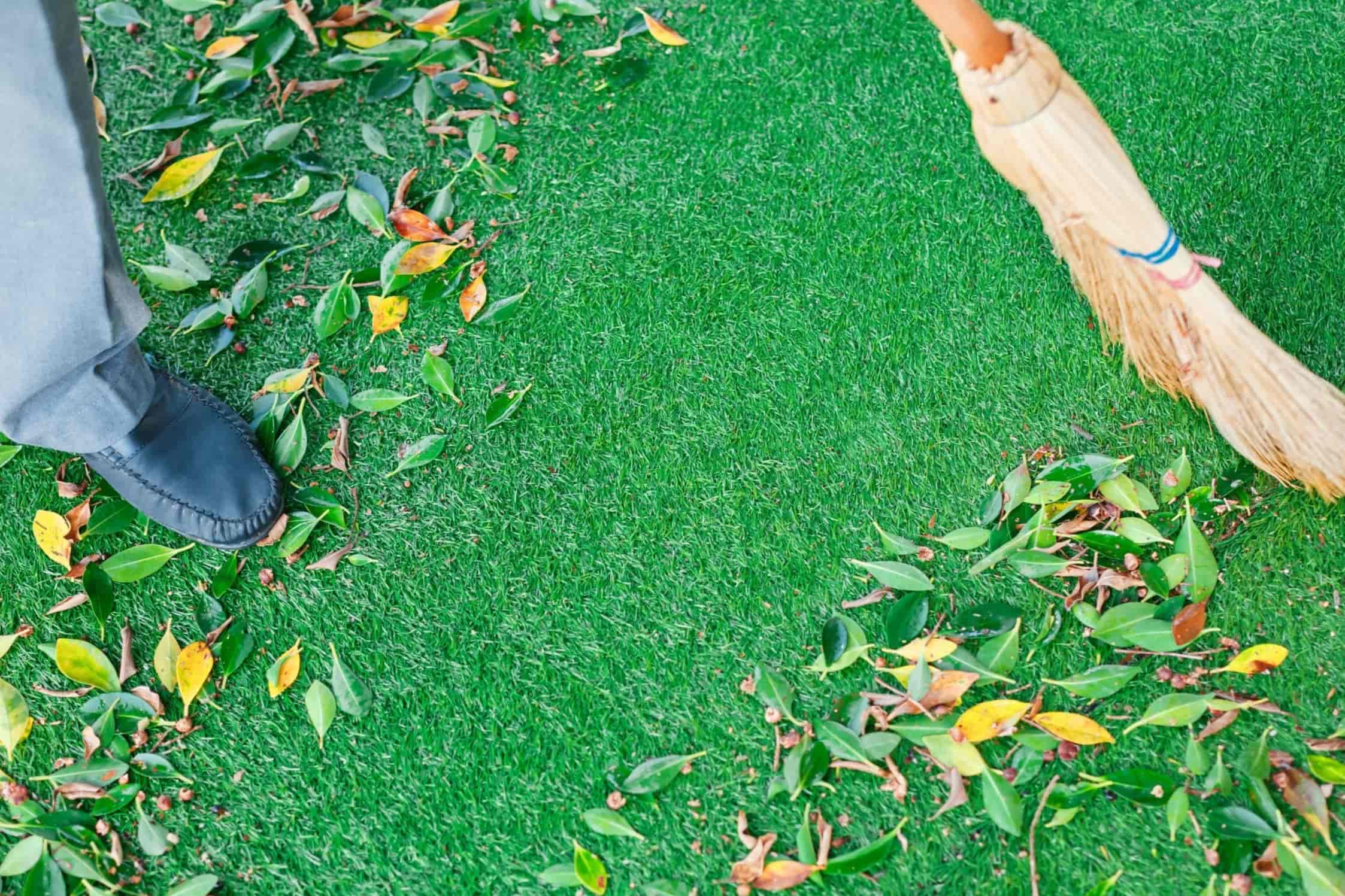
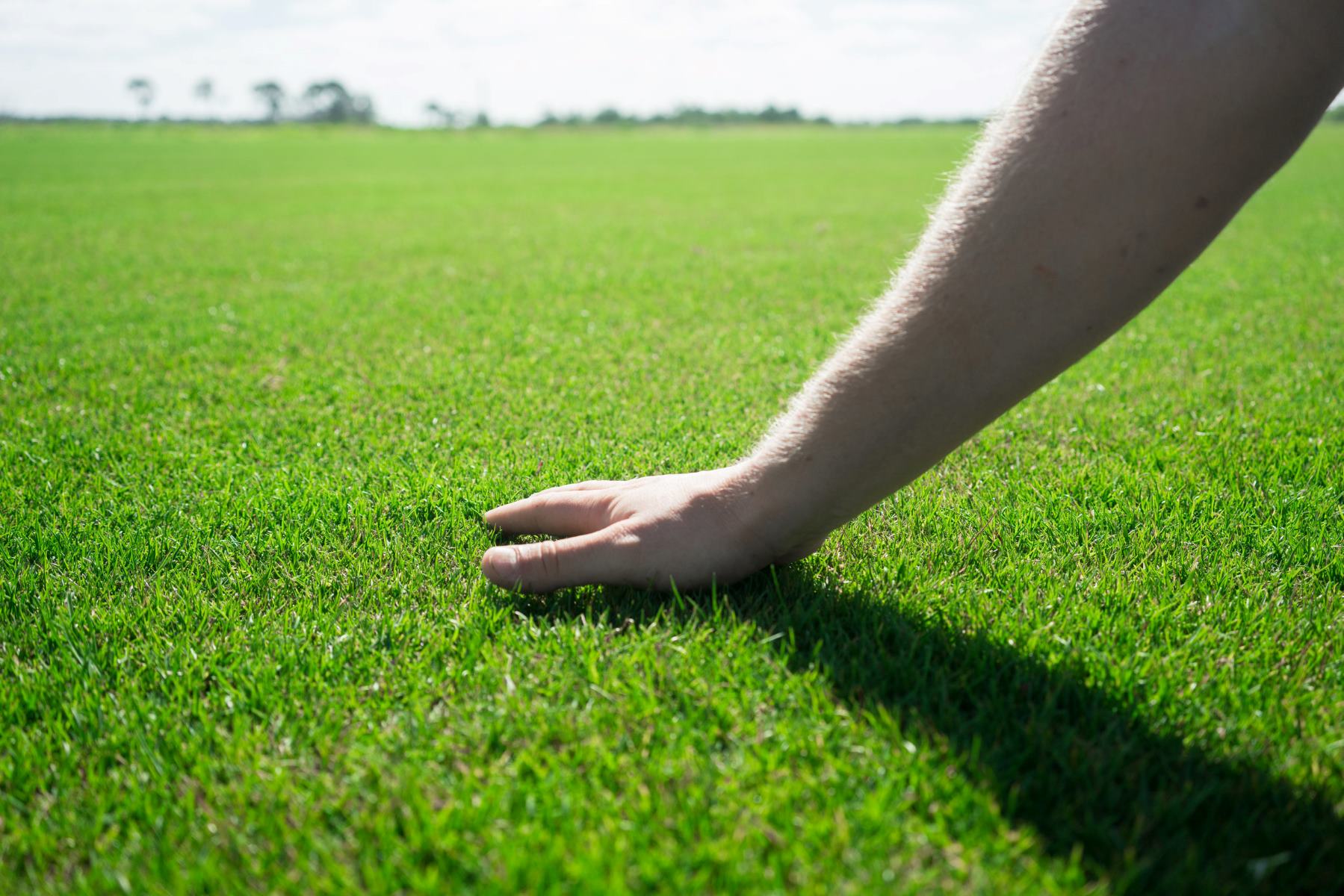
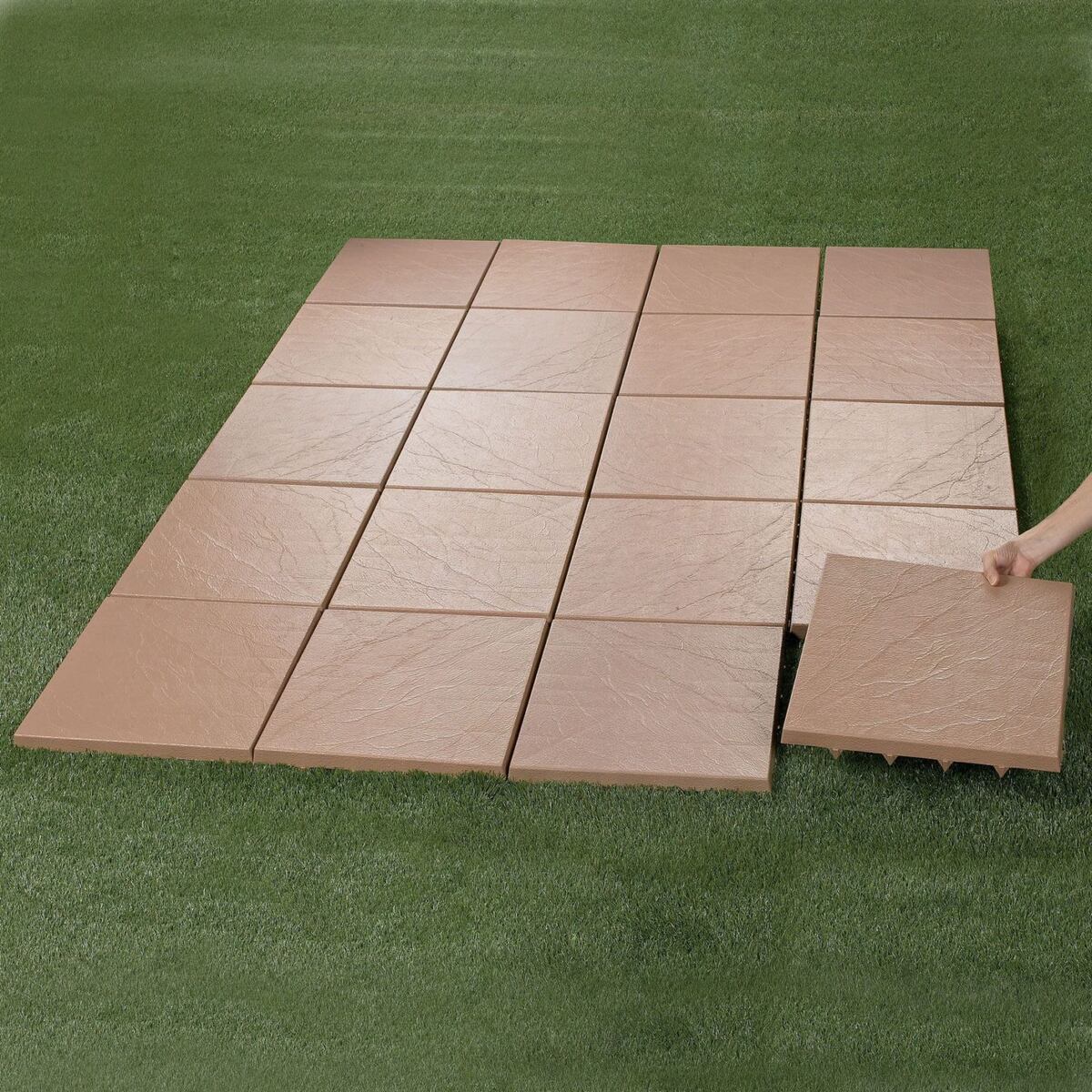
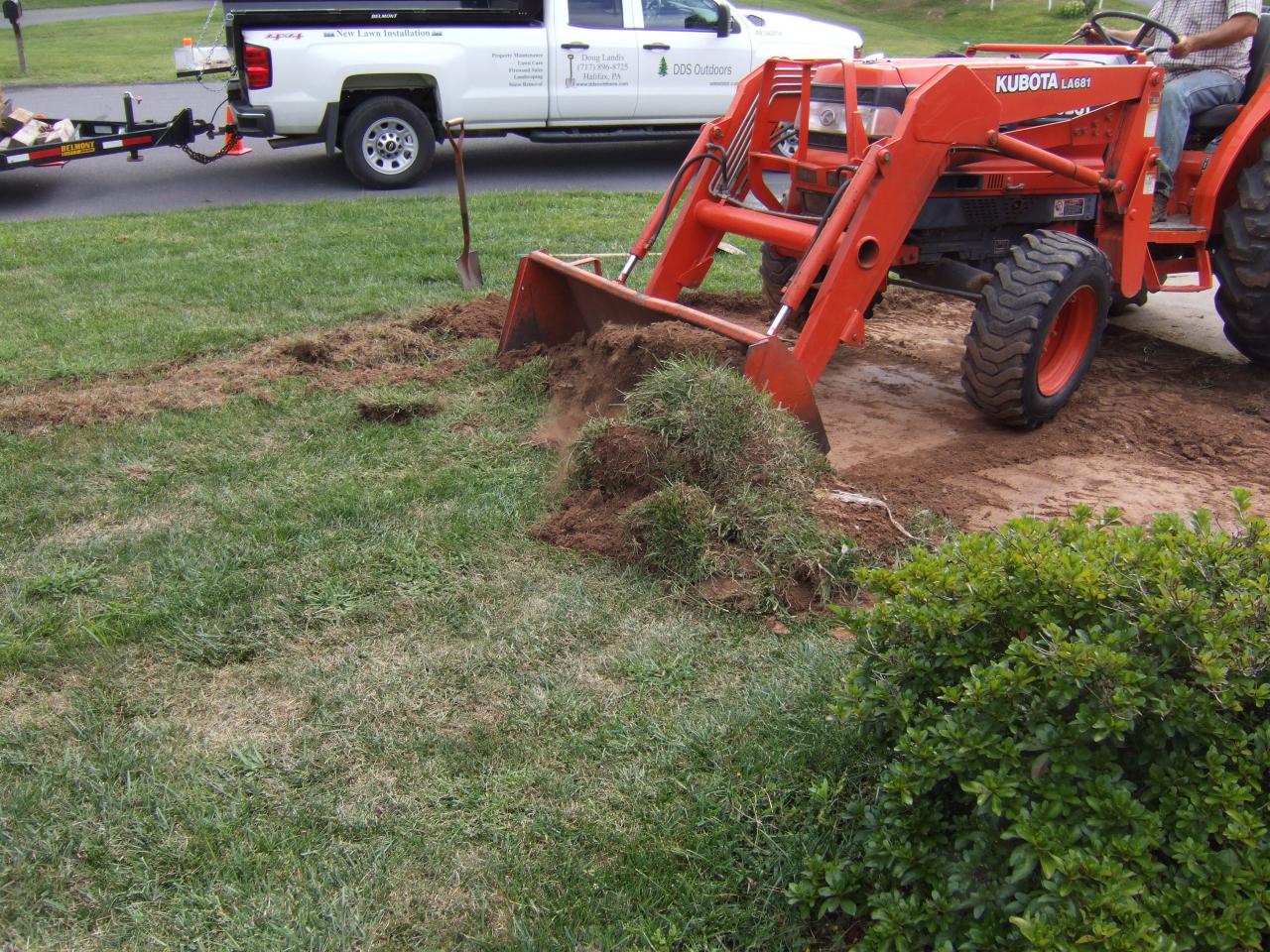
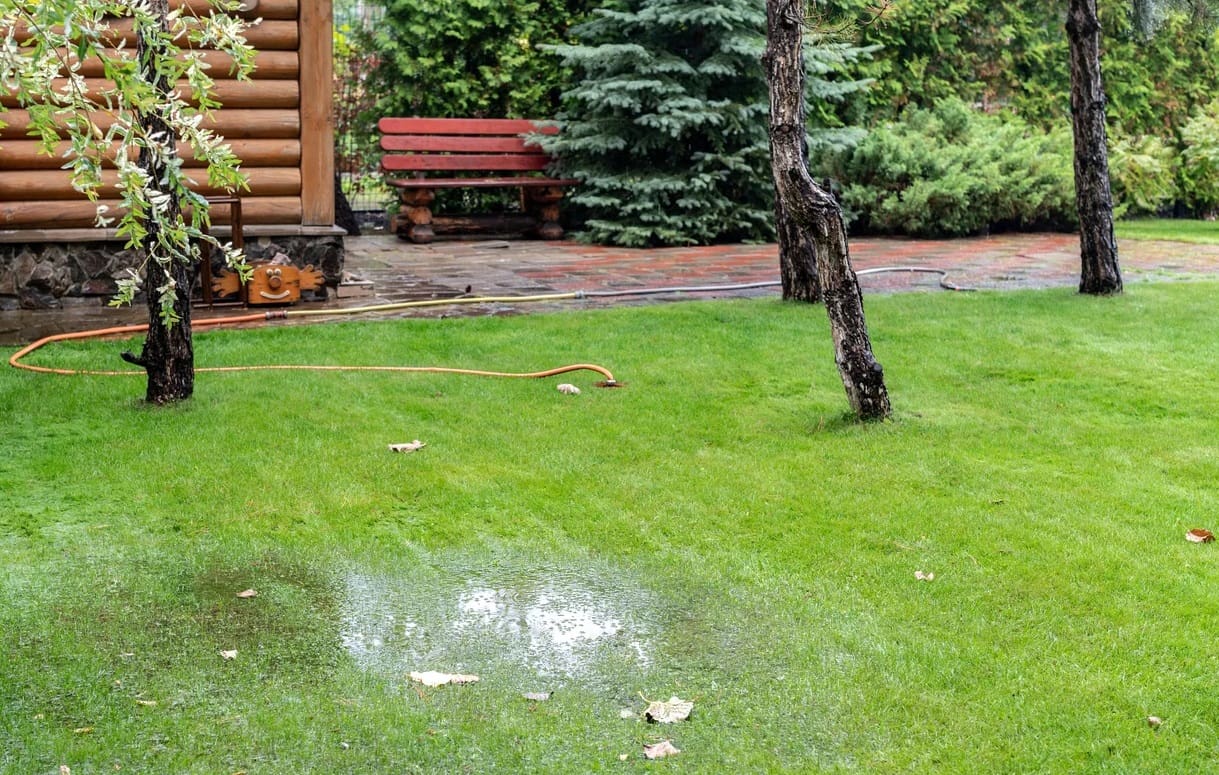
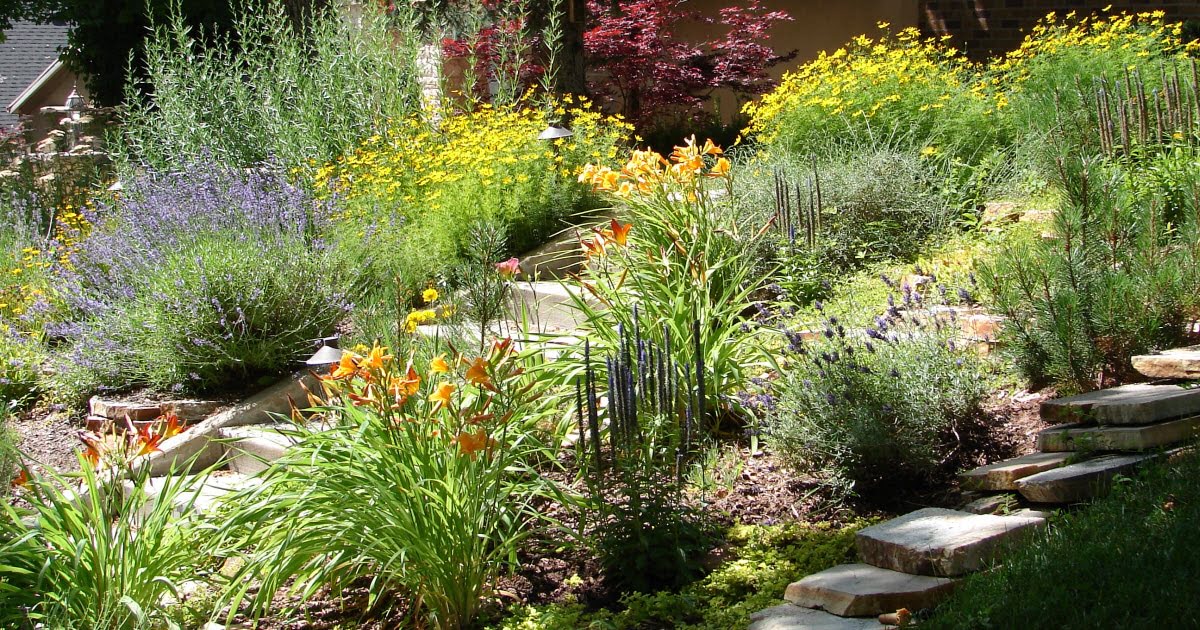
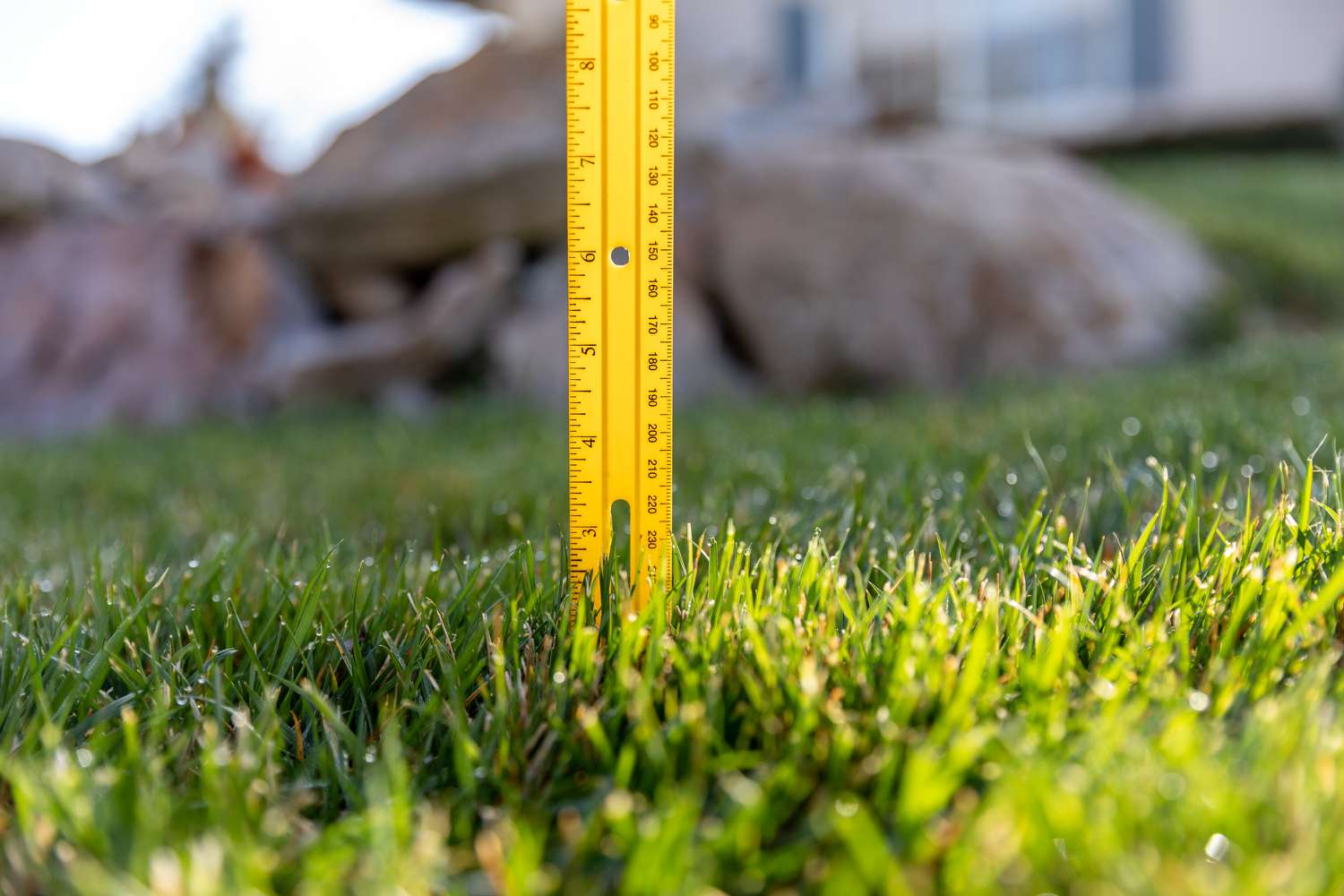
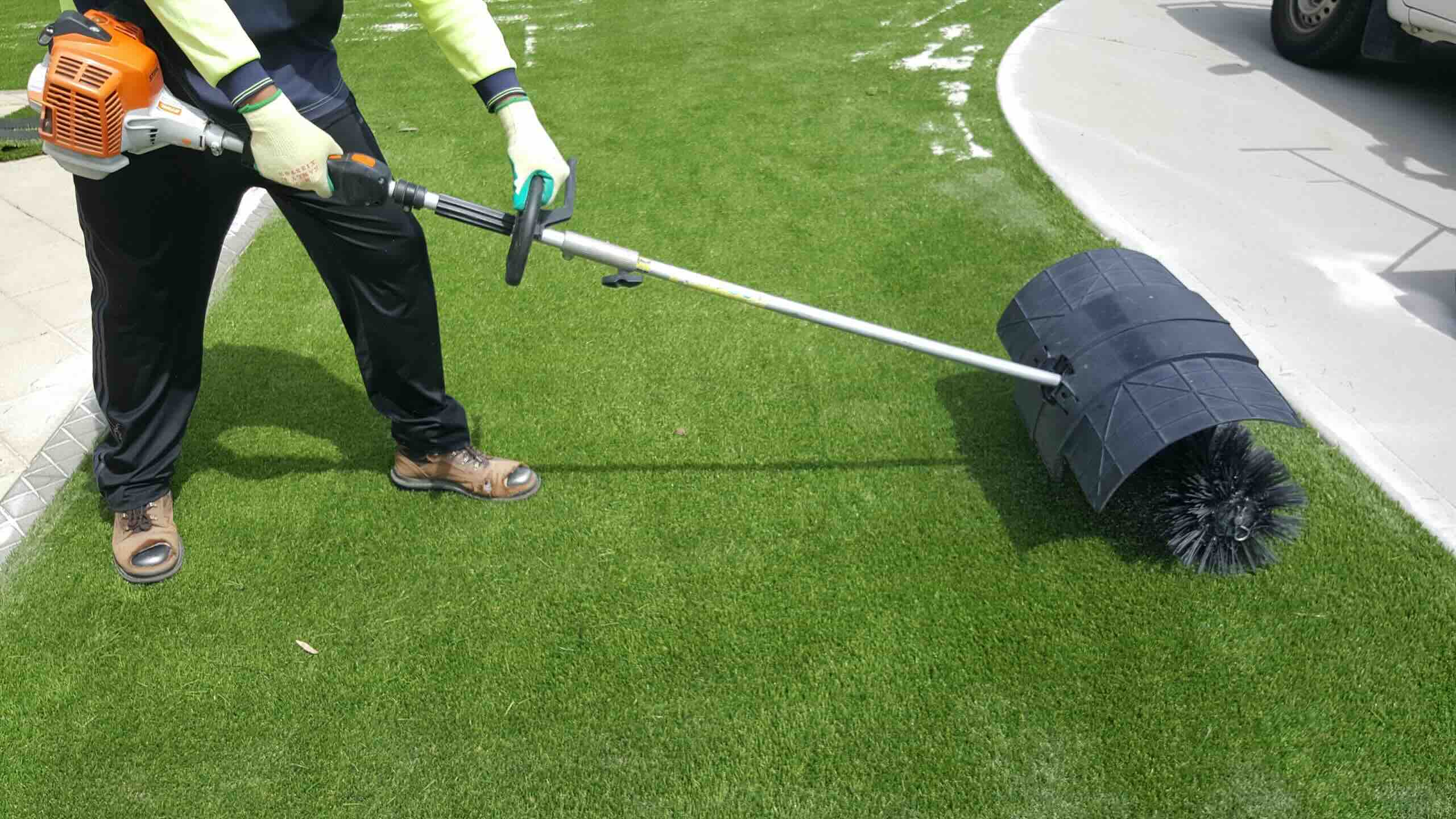







0 thoughts on “How To Maintain Backyard Grass”